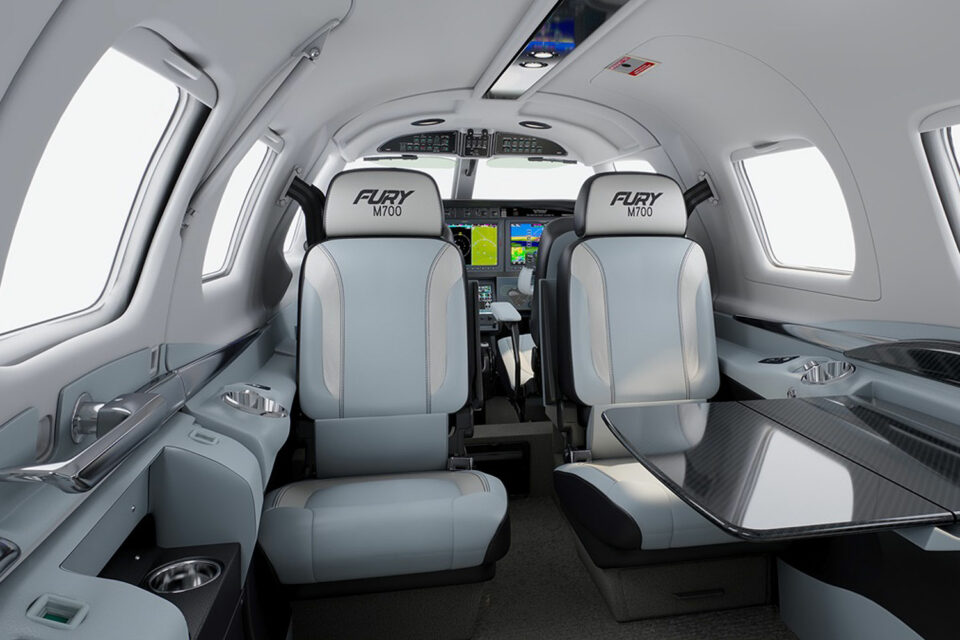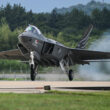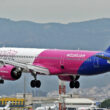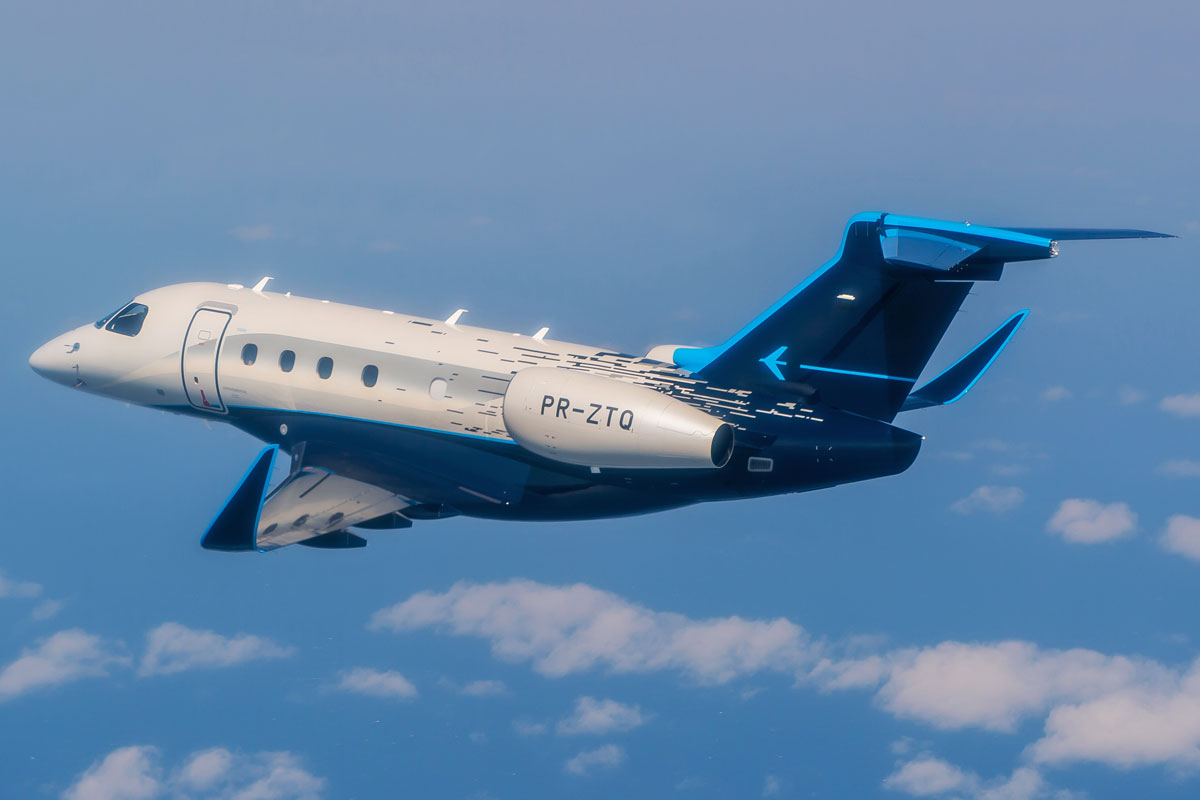Piper has announced the launch of a new variant of the PA46 high-performance single-engine line, the M700 FURY.
The aircraft is a single-engine turboprop with 700 horsepower thanks to the adoption of a Pratt & Whitney PT6A-52 engine.
According to Piper, the M700 is the fastest model in its category, capable of reaching a maximum cruising speed of 301 knots, around 557 km/h.
Check out some technical data:
– Takeoff distance 1,198 feet/365 meters (38%) shorter than a single-engine jet.
– The M700 enjoys a climb rate of 2,048 fpm, 32 percent better than the M600.
– The M700 FURY reaches an altitude of 25,000 feet in 13.9 minutes (34 percent faster than the M600).
– The aircraft burns just 97 pounds of fuel (25% less fuel than the M600 and almost 50% less fuel than a single-engine jet).
– Maximum cruising speed of 301 knots (557 km/h).
– Landing at a 26% shorter distance compared to the M600.
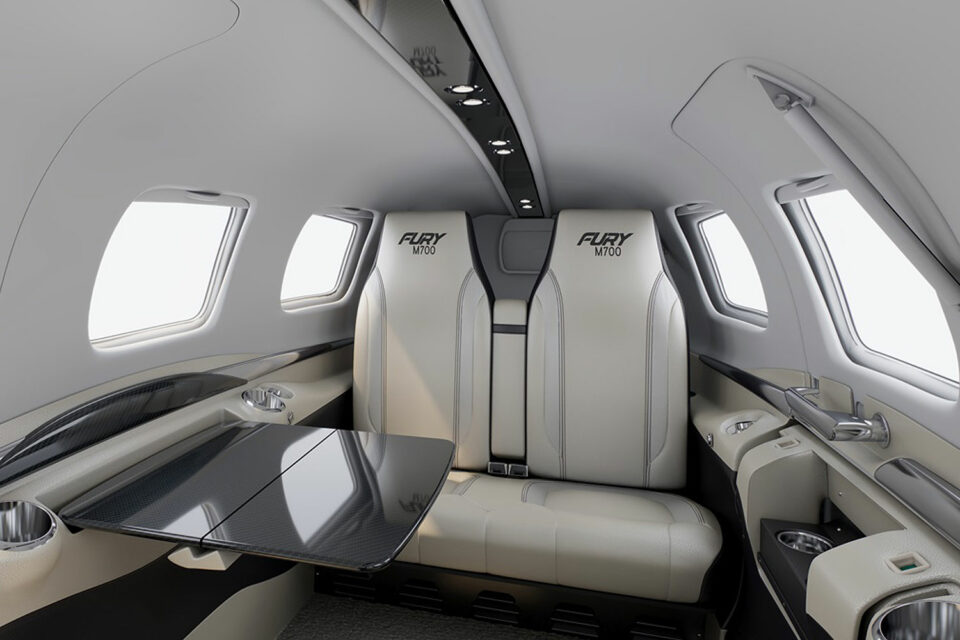
“The M700 FURY is a beautifully efficient cross-country thoroughbred that offers our customers a performance-based flying experience with never-before-seen economics,” said Piper President and CEO John Calcagno.
“We listened and we delivered. The M700 FURY encompasses power, performance and the most advanced safety measures available today, plus an overall value proposition that is extremely attractive to both individuals and corporate flight departments.”
Certification before the end of the first quarter
To receive the new and more powerful version of the PT-6, Piper modified parts such as the engine mounting sets and an improved exhaust pipe design, in addition to a new intake system.
The M700 FURY now features Garmin’s G3000 avionics suite, with touch screens. The aircraft also features Autoland technology, part of the HALO safety system, which includes several devices such as Autothrottle, among others.
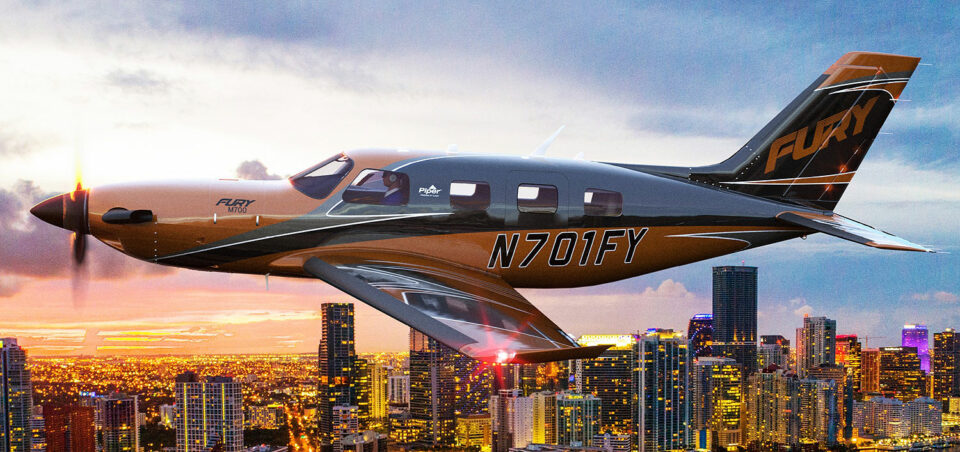
Follow Air Data News: WhatsApp | Google News | Instagram | LinkedIn | Twitter | Facebook
According to Piper, FAA type certification of the aircraft is expected to occur before the end of the first quarter of 2024, with deliveries beginning immediately thereafter.
“International validations for Canada, EASA, UK and Brazil will be achieved in the second half of 2024, with deliveries to customers in these regions before the end of the year.”


